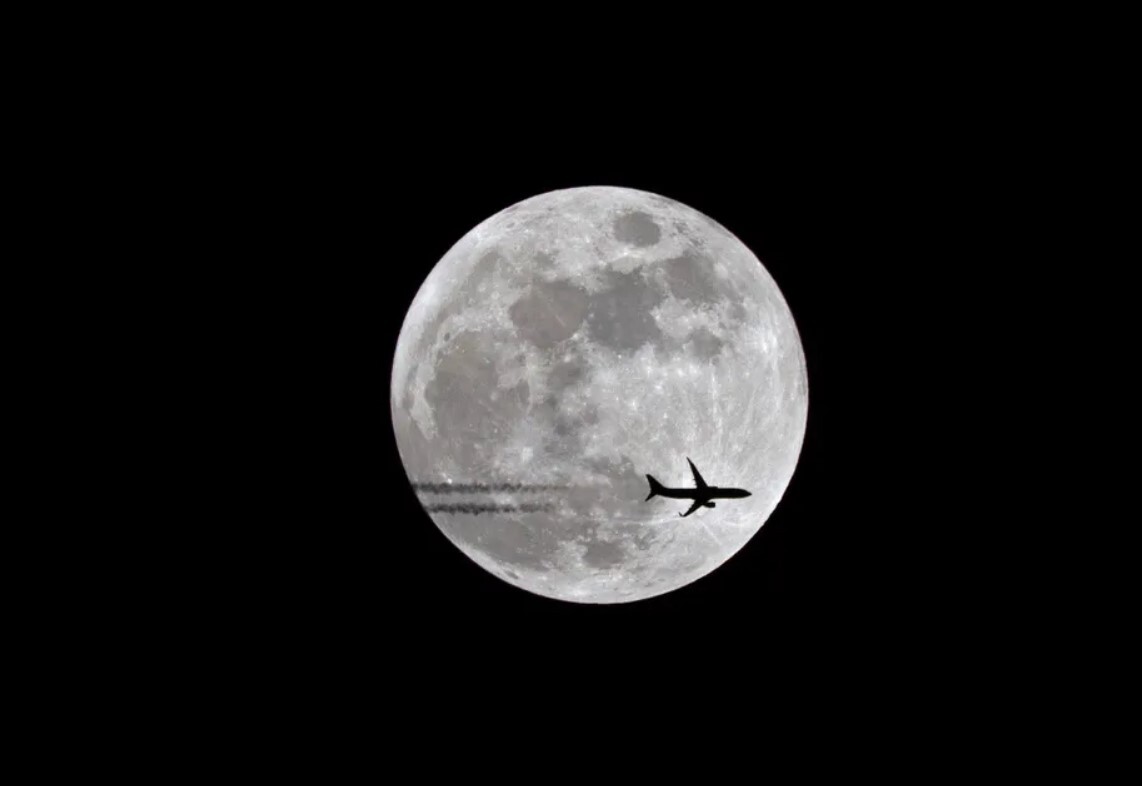In a lunar landing that veered off script, NASA’s $118 million spacecraft, Odysseus, found itself in a bit of a pickle—or more accurately, tipped over on its side on the moon’s surface. This unexpected turn of events unfolded after what was initially celebrated as a successful landing by Intuitive Machines, the company behind Odysseus. The spacecraft, which aimed to mark America’s triumphant return to the lunar surface, encountered a slight hiccup when one of its legs got caught, causing it to take an unintended lunar siesta.
The saga began when Intuitive Machines received data suggesting Odysseus was proudly standing on its six legs. However, updates later revealed a less dignified posture, with the lander lying horizontal on the lunar landscape. This twist was attributed to the lander’s foot catching on the surface while moving sideways, leading to an accidental encounter with a rock that tipped it over.
Despite this lunar faux pas, Odysseus is reported to be “alive and well,” soaking up solar power, though its sideways orientation is putting a damper on radio transmissions. Steve Altemus, CEO of Intuitive Machines, clarified that the initial misunderstanding about the lander’s position wasn’t an attempt to deceive the public but rather a case of outdated telemetry.
The mission has been nothing short of a nail-biter, featuring a last-minute navigation system fix and a white-knuckle touchdown. Engineers had to implement an untested software patch to compensate for malfunctioning laser range-finders, crucial for determining the spacecraft’s altitude during its descent. This adjustment allowed them to utilize NASA’s experimental Navigation Doppler Lidar for the task, enabling Odysseus to decelerate from a blistering 4,000mph to a gentle 2.2mph for landing.
The spacecraft’s aim was to land on the rim of the giant Malapert A crater, a location roughly 190 miles north of the moon’s South Pole. After a tense 15-minute wait post-landing, mission control finally received Odysseus’ signal, confirming what was initially thought to be a flawless landing.
Despite the unexpected tumble, the majority of Odysseus’ payloads are in view and operational, allowing for the collection of scientific data. Altemus remains hopeful that the lander’s top deck solar array remains undamaged and that the sun’s position will soon favor the generation of power.
This interstellar escapade, part-funded by NASA and carrying 125 miniature sculptures by Jeff Koons among other payloads, has certainly taken an interesting turn. While the next steps for Odysseus remain under wraps, this incident adds a new chapter to the annals of space exploration—a reminder that in space, expect the unexpected, and perhaps, pack a spare leg or two.


